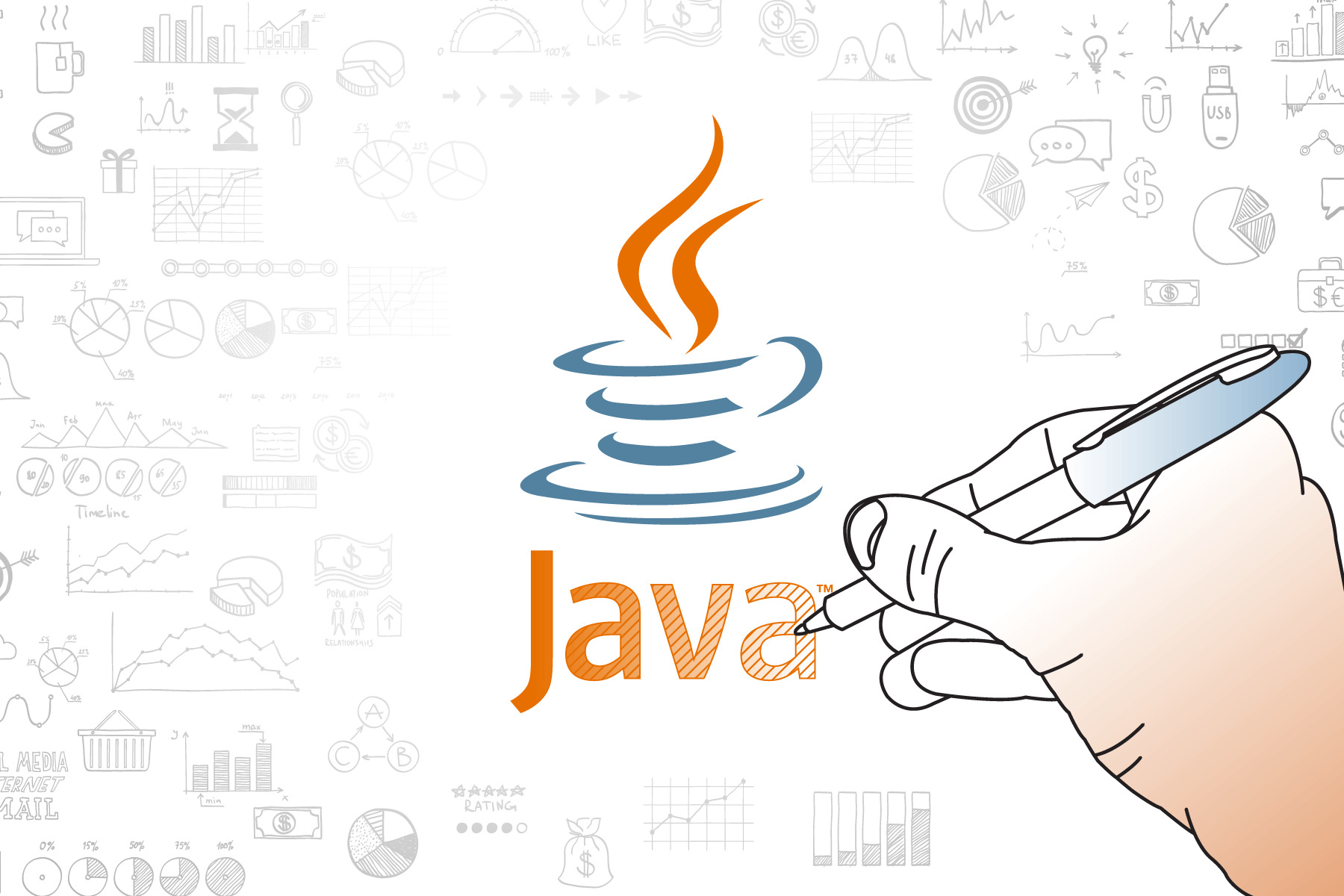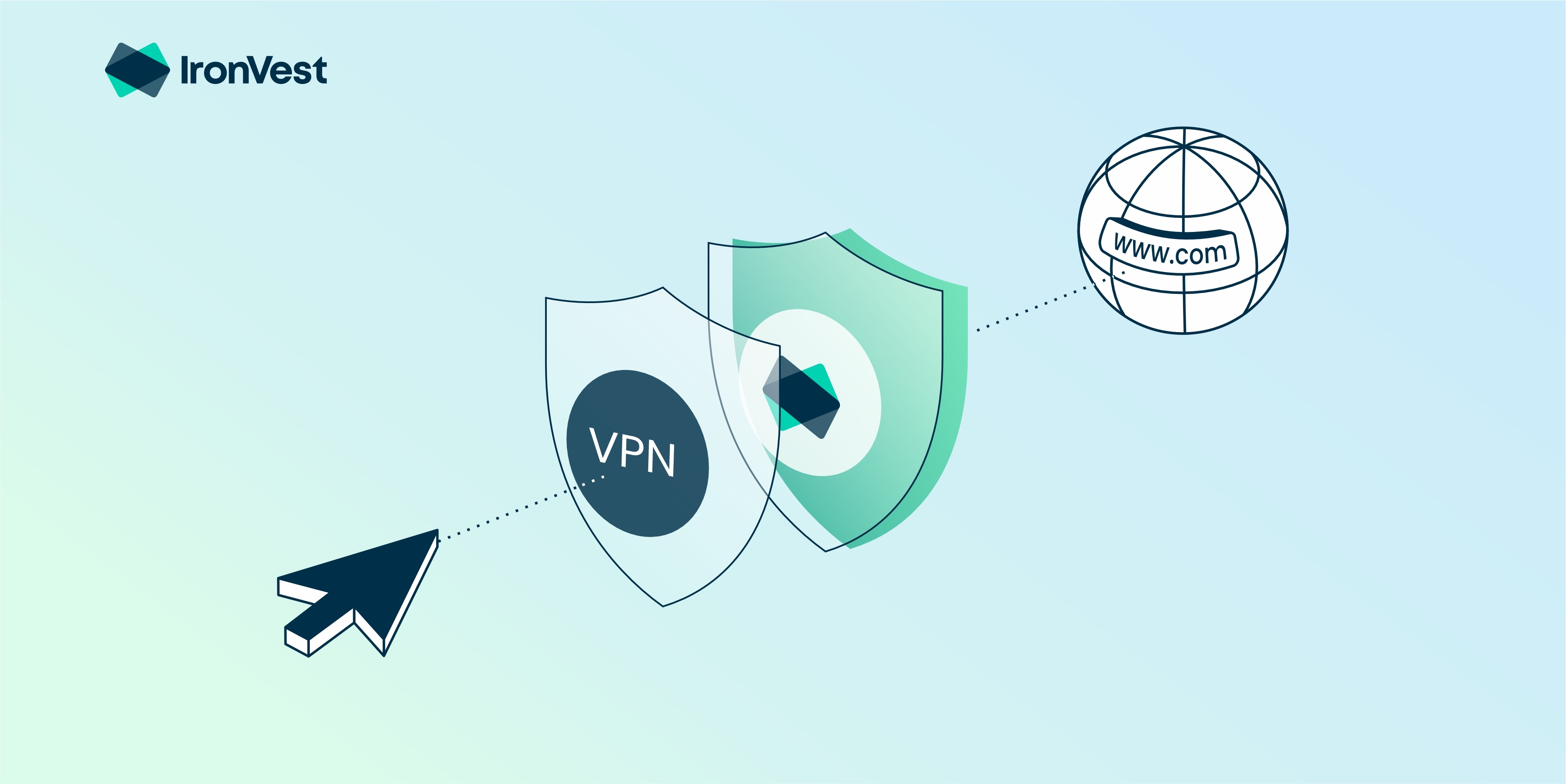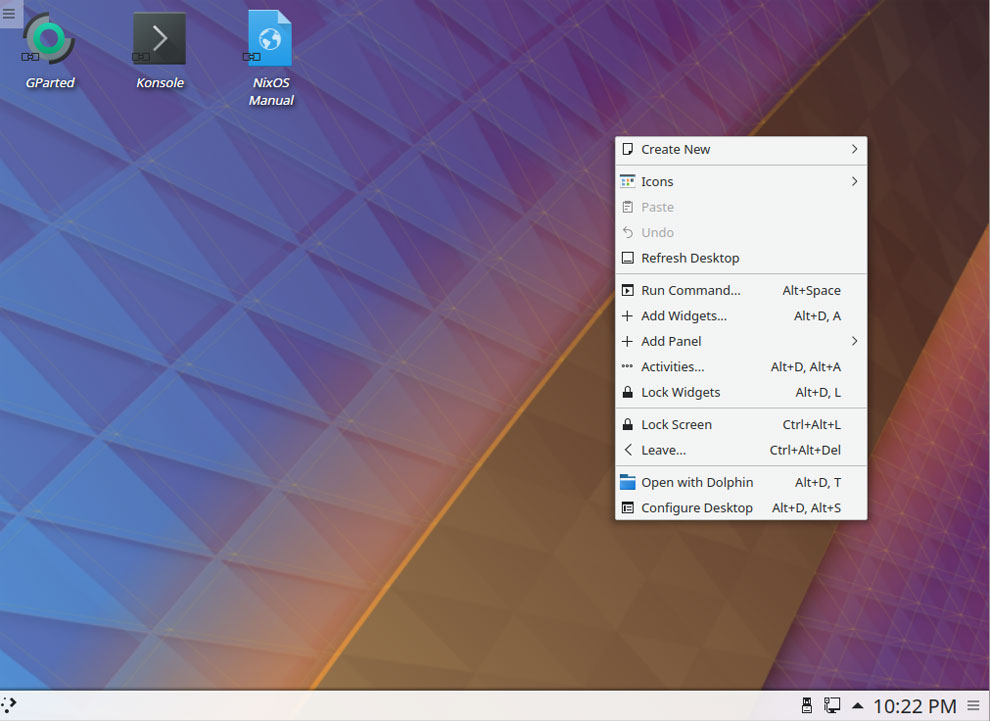
The Looming Threat of Linux Root Takeovers
As a cybersecurity enthusiast, I am always on the lookout for the latest vulnerabilities that could potentially wreak havoc on our digital lives. Recently, the disclosure of a critical Linux security vulnerability, known as CVE-2023-4911 or Looney Tunables, has sent shockwaves through the tech community. This vulnerability, found in the GNU C Library (glibc) across various Linux distributions, poses a significant risk to system integrity and data security.
Security specialists wasted no time in developing proof-of-concept (PoC) exploits to test the implications of this vulnerability. Independent researchers and analysts have already posted these exploits on platforms like GitHub, signaling the imminent threat of widespread attacks targeting systems running Fedora, Ubuntu, Debian, and other major Linux distributions.
The potential consequences of this vulnerability are dire, ranging from unauthorized data access to system alterations and even data theft. Attackers exploiting CVE-2023-4911 could gain root privileges on vulnerable systems, opening the door to a myriad of malicious activities.
Understanding the Risks
Root takeovers in the Linux ecosystem are particularly concerning due to the level of control they grant attackers. With root access, bad actors can escalate their privileges across networks, compromising additional systems and expanding the scope of their attacks. Past incidents, such as vulnerabilities in Ubuntu cloud workloads, have demonstrated the real-world impact of such exploits.
The unrestricted authority that comes with root access enables attackers to manipulate, delete, or exfiltrate sensitive data, install malware, and maintain persistence within compromised systems. The aftermath of a successful root takeover often involves data breaches, financial losses, and reputational damage for affected organizations.
Securing Linux Systems
In light of the growing threat landscape targeting Linux distributions, organizations must adopt proactive security measures to safeguard their systems. Regular patching, software updates, and adherence to the least privilege principle are essential steps in mitigating the risk of root takeovers.
Additionally, deploying intrusion detection and prevention systems (IDS/IPS), implementing multifactor authentication (MFA), monitoring system logs, and conducting security audits are crucial components of a robust cybersecurity strategy. Amazon’s recent announcement regarding enhanced MFA requirements underscores the importance of continuous security enhancements.
Conclusion
The emergence of vulnerabilities like CVE-2023-4911 serves as a stark reminder of the persistent cybersecurity challenges faced by the tech industry. By staying vigilant, adopting best practices, and prioritizing security at every level, we can collectively fortify our digital infrastructure against malicious threats.















